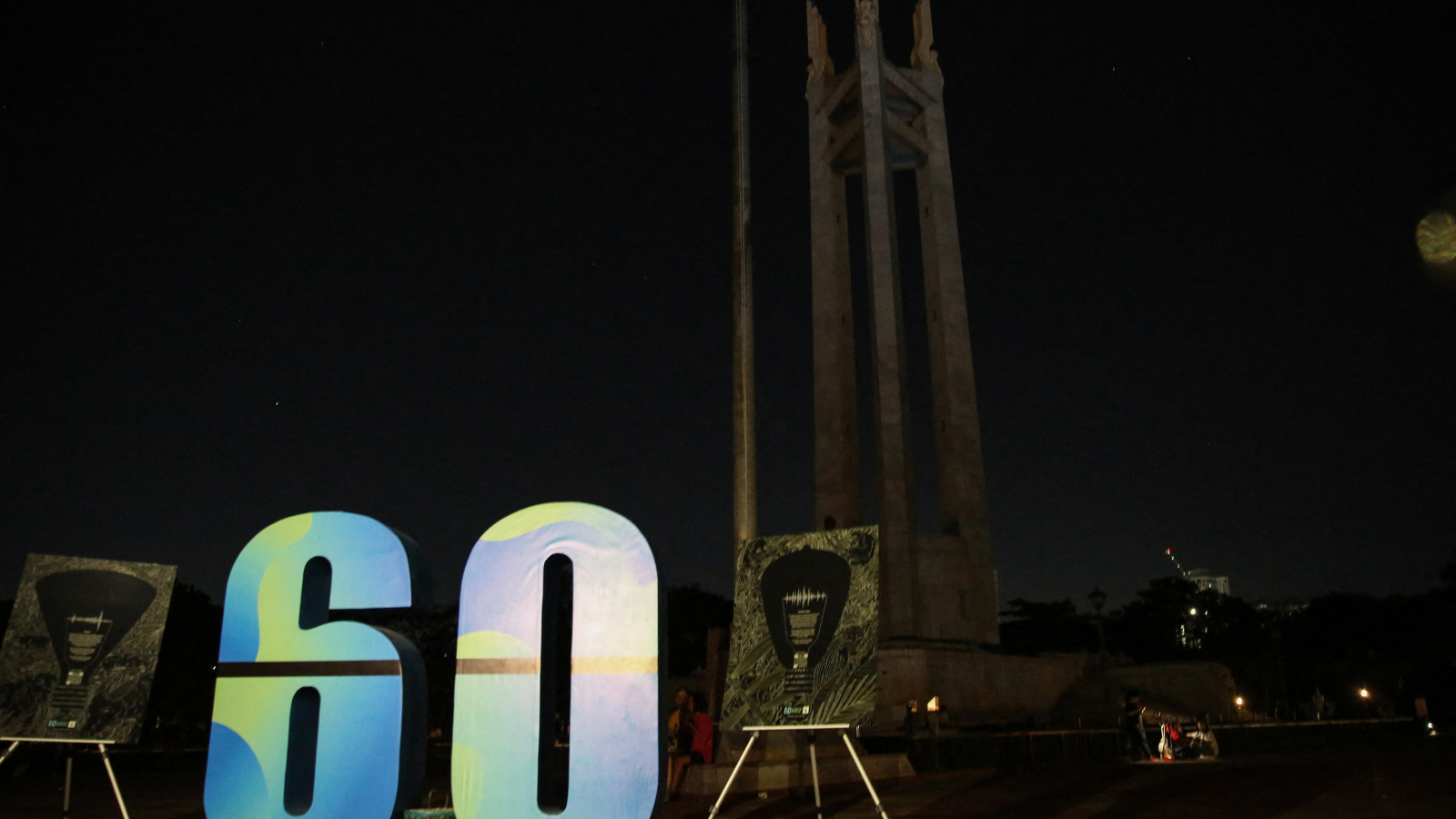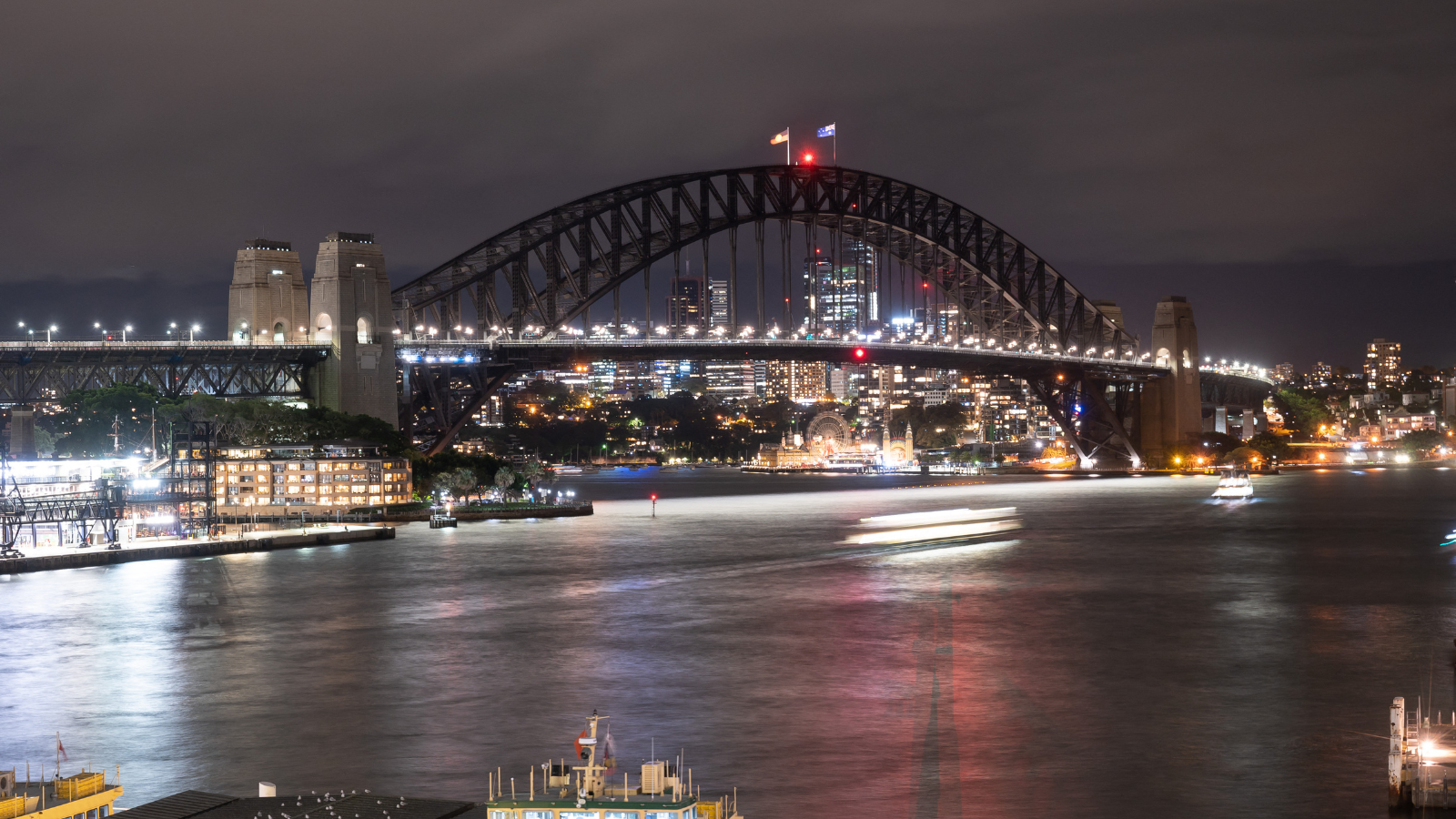
This picture shows the Quezon Memorial Shrine before the lights were turned off to mark the Earth Hour environmental campaign in Quezon city, suburban Manila on March 25, 2023./AFP/Earvin Perias.
This picture shows the Quezon Memorial Shrine before the lights were turned off to mark the Earth Hour environmental campaign in Quezon city, suburban Manila on March 25, 2023./AFP/Earvin Perias.
What is Earth Hour?
On the last Saturday of every March, people, businesses and organizations turn non-essential lights off for 60 minutes at 8:30 pm local time to mark Earth Hour. This year it's happening on March 25 - but what is it and why is it happening?
The annual event aims to raise awareness of and show support for the fight against climate change and damage to biodiversity.
By turning lights off, it's possible to measure the reduction in energy used for 60 minutes and show the difference individuals can make by making small changes to energy consumption.
When did it start?
The first Earth Hour was hosted on March 31, 2007 at 7:30 pm in Sydney. It was the brainchild of the The World Wide Fund for Nature (WWF) in Australia, who wanted to come up with a way of raising awareness of climate change.
The event had a real impact. Over two million residents turned their lights off for an hour and 2,000 businesses also joined in. Sydney's famous Opera House turned off its lights in a symbolic moment that triggered international interest.
From there, San Francisco hosted its own Earth Hour that same year and the movement has since grown in popularity around the world.
READ MORE
EU plan for Europe's green revolution
COP27 impact: Achievements and setbacks
Bridge Builders bringing the UK and China together

The Sydney Harbour Bridge with its lights switched off during the Earth Hour environmental campaign in Sydney. /AFP/Wendell Teodoro.
The Sydney Harbour Bridge with its lights switched off during the Earth Hour environmental campaign in Sydney. /AFP/Wendell Teodoro.
How many countries take part?
Just 12 months after the first Earth Hour, 400 cities across 35 countries took part in the event. This even included websites, who turned their homepages black in support of the initiative.
By 2012 that number had increased to 152 countries and 7,000 cities and six years later that figure stood at 188 countries.
This year, it's expected that even more cities and countries will take part and a movement could result in a barrage of social media content. In 2019 more than 12 billion photos were shared on social media platforms promoting Earth Hour.
However, Russia says it won't take part this year. Kremlin spokesman Dmitry Peskov said: "This year we have decided to refrain from participating in this action. This is due precisely to the fact that (the organizers) have become foreign agents".
But Russia hasn't said why it now classifies the WWF as a foreign agent.
What impact has it made?
Earth Hour is more than just a symbolic movement - it's helping to make real changes in places that need it most.
Since 2007, the WWF has planted trees around the world, including a 2700 hectare forest in Uganda and 17 million trees in Kazakhstan. They've also worked together to ban plastics on the Galapagos Islands to protect one of earth's most important nature reserves.
Solar projects are also ongoing in India and the Philippines.
Subscribe to Storyboard: A weekly newsletter bringing you the best of CGTN every Friday